Search results for 'de 1 2'
-
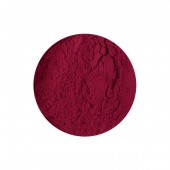
Quinacridone Magenta Pigment
Starting at: £5.50
-
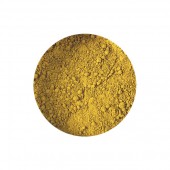
Raw Sienna Pigment
Starting at: £4.00
-
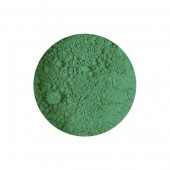
Viridian Green Pigment
Starting at: £6.30
-
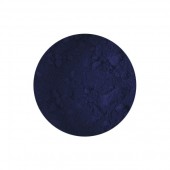
Indigo Blue Synthetic Pigment
Starting at: £5.50
-
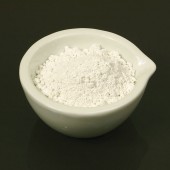
Gypsum
Starting at: £5.70
-
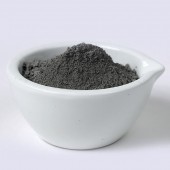
Rottenstone Grey
Starting at: £7.00
-

Venetian Red Pigment
Starting at: £4.60
-
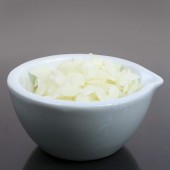
Bleached Beeswax
Starting at: £12.30
-
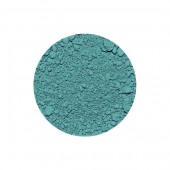
Cobalt Turquoise Pigment
Starting at: £15.00
-
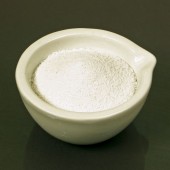
Marble Dust
Starting at: £4.70
-
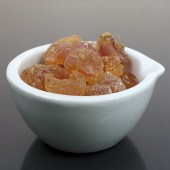
Gum Arabic
Starting at: £6.30
-
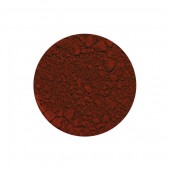
Translucent Red Oxide Pigment
Starting at: £9.80
-
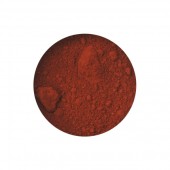
Translucent Orange Oxide Pigment
Starting at: £9.40
-
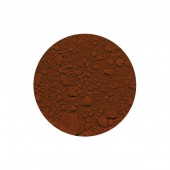
Red Ochre Pigment
Starting at: £4.00
-
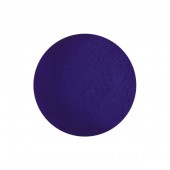
Prussian Blue Pigment
Starting at: £5.20
-
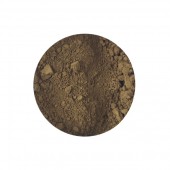
Burnt Umber Pigment
Starting at: £4.00
-

Mars Yellow Pigment
Starting at: £4.50
-
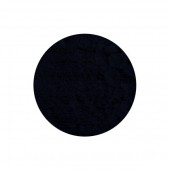
Vine Black Pigment
Starting at: £4.70
-
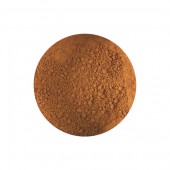
Burnt Sienna Pigment
Starting at: £4.00
-
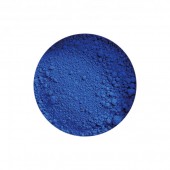
Azure Blue Pigment
Starting at: £12.00
-
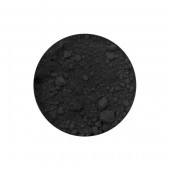
Mars Black Pigment
Starting at: £5.70
-
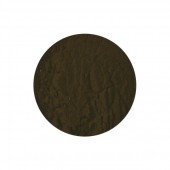
Van Dyke Brown Pigment
Starting at: £4.50
-

Yellow Ochre Pigment
Starting at: £4.00
-
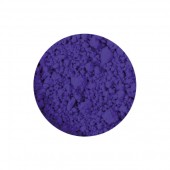
Ultramarine Blue Dark Pigment
Starting at: £4.00
-
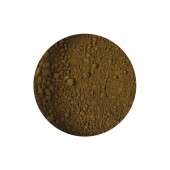
Raw Umber Pigment
Starting at: £4.00
-
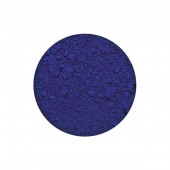
Oriental Blue Pigment
Starting at: £5.40
-
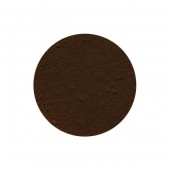
Indian Red Pigment
Starting at: £4.60
-
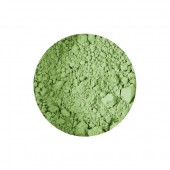
Terre Verte Pigment
Starting at: £4.00
-
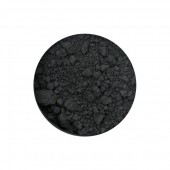
Lamp Black Pigment
Starting at: £6.70
-

Ultramarine Blue Light Pigment
Starting at: £6.00





